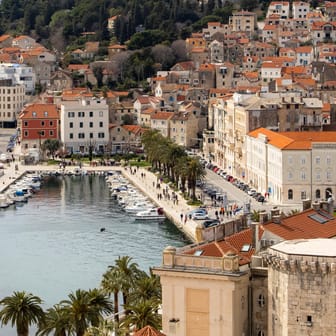Skradinski Buk waterfall
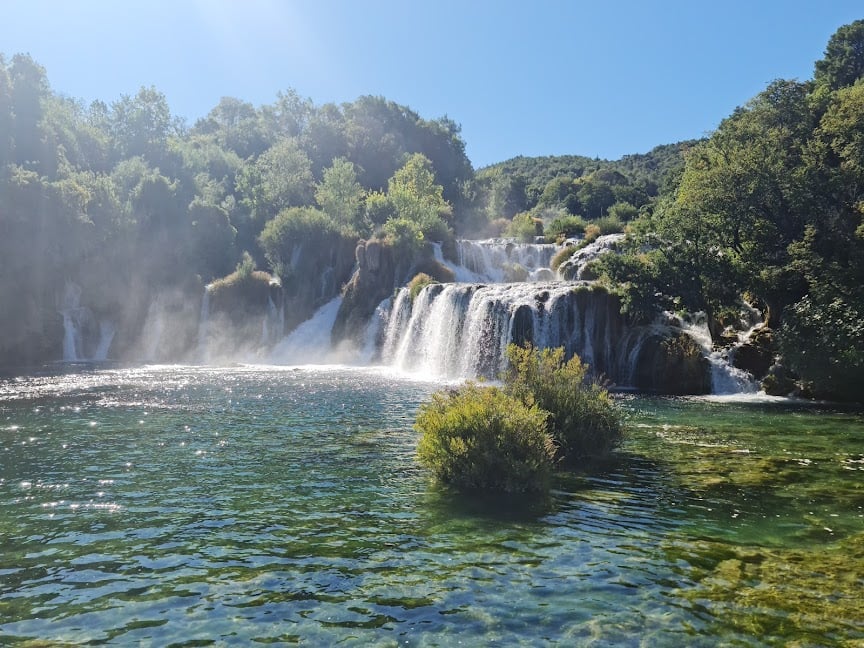
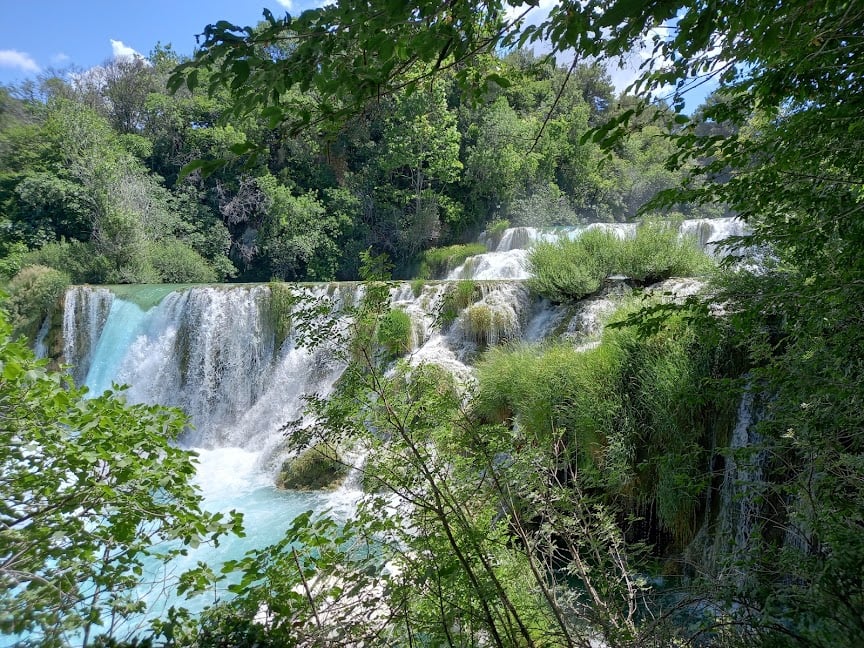
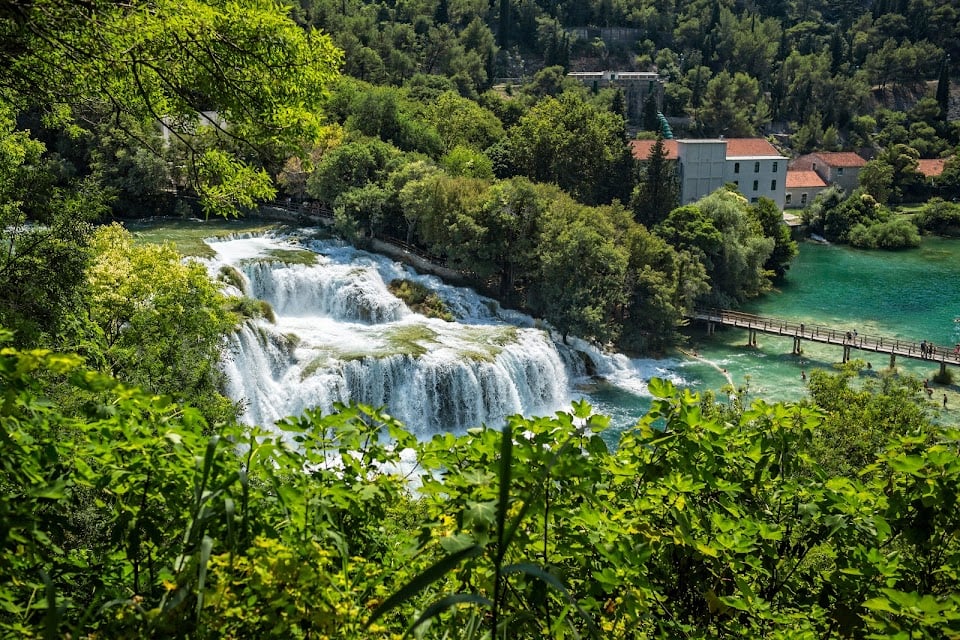
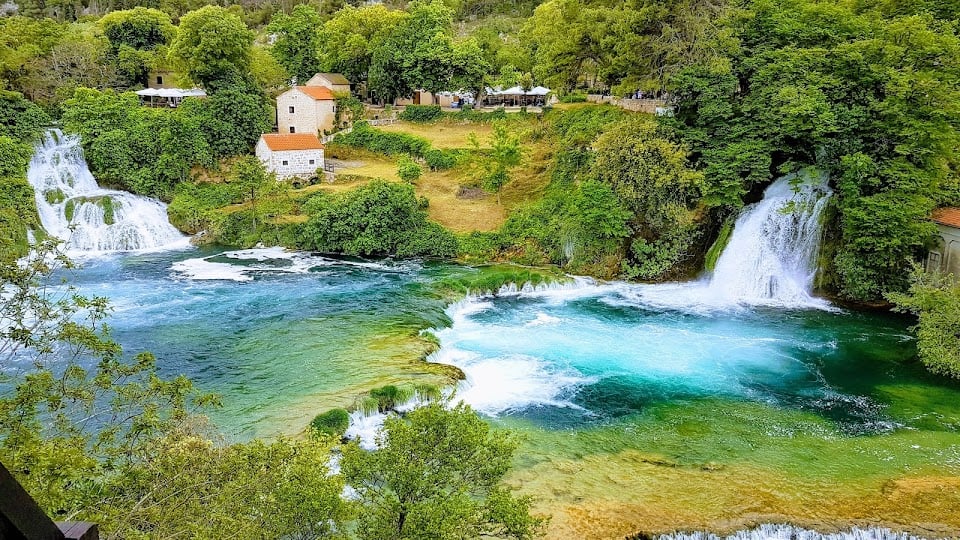
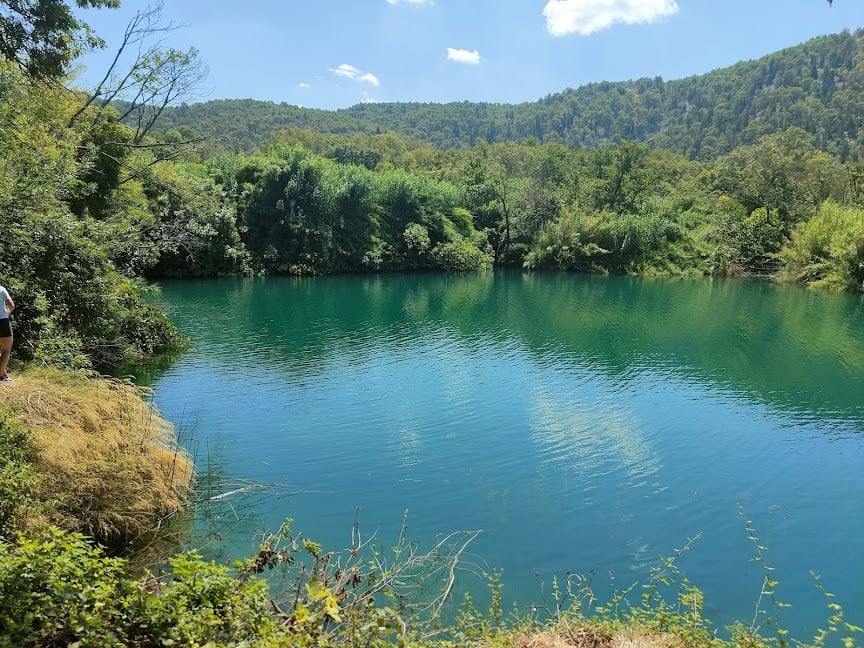
Ask ThatchGPT
Suggest a local expert to plan my trip
Suggest an unique itinerary for my Krka National Park trip
What foods do Krka National Park locals eat
What are some true hidden gems in Krka National Park
Help me brainstorm trip ideas for Krka National Park
Help me plan a family-friendly trip to Krka National Park
What people say
Pedro Pereira
Available for hire
"The Skradinski Buk is the longest travertine barrier on the Krka River, creating a striking natural feature in the park. The accumulation of travertine barriers has led to the formation of a lake that extends up to the Roški Slap Waterfall, while the lower stretch of the Čikola River also resembles a lake for about three kilometers. This creates a distinctive and picturesque landscape, making it one of the most iconic views within Krka National Park. The waters of the Krka and Čikola Rivers cascade over seventeen steps at Skradinski Buk, which stretches over 800 meters. The cascades vary in width from 200 to 400 meters and exhibit a total height difference of 45.7 meters.
The upper sections of the cascades are dotted with small lakes, streams, and islets lush with verdant vegetation, while the lower sections feature dramatic travertine barriers that continually evolve, forming new ridges, caves, and overhangs. The flora includes moss species like *Cinclidotus aquaticus* and *Palustriella commutata*, which create curtains and ridges on the vertical sections of the falls. In more exposed areas, *Eucladium verticillatum* is prevalent, and the rare *Didymodon tophaceus* can be found in the shallower lake areas. The area is alive with the sights and sounds of nature, including dragonflies, butterflies, coots, nightingales, and green frogs, adding to the enchanting ambiance of Skradinski Buk.
Historically, the area was powered by watermills, fuller mills, and washing posts, many of which have been renovated. These structures now serve various purposes, including souvenir shops, taverns, and exhibition spaces, all while preserving the traditional vernacular architecture. On the left bank of the river, visitors can find the remains of Croatia’s first hydroelectric power plant, Krka (Jaruga I), which began operation on August 28, 1895, just two days after the first hydroelectric plant on the Niagara River. The current hydroelectric facility, Jaruga II, was constructed in 1904."
Mentioned in these guides
About Skradinski Buk waterfall
Get the inside scoop on Skradinski Buk waterfall from local experts, travel creators, and tastemakers. Browse genuine trip notes, Skradinski Buk waterfall reviews, photos, travel guides, and itineraries from real travelers and plan your trip with confidence.
Website
Phone
Save this spot for later or start mapping out a new trip today
Try our AI Travel Assistant and get instant answers to any questions about your trip.
Ask ThatchGPT

